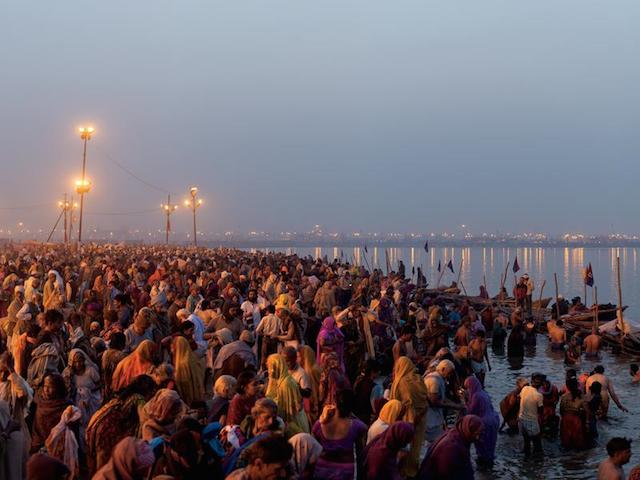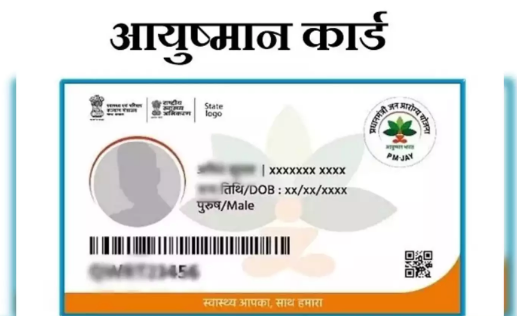Chhath Puja, a vibrant and significant festival celebrated primarily in the Indian states of Bihar, Jharkhand, and parts of Uttar Pradesh, is a unique tribute to the Sun God. This ancient Hindu festival holds deep cultural and spiritual significance, marking a period of thanksgiving and seeking blessings for well-being and prosperity. Lasting for four days, Chhath Puja is a blend of rituals, devotion, and the harmonious connection between nature and mankind.
Historical and Cultural Roots:
The roots of Chhath Puja can be traced back to ancient Vedic times, with mentions in the Rigveda, one of the oldest sacred texts of Hinduism. The festival is deeply ingrained in the agrarian culture of the region, emphasizing the dependence of human life on the natural elements, particularly the sun. The worship of the sun is considered a symbol of life and energy, and Chhath Puja is an expression of gratitude for sustaining life on earth.
Four Days of Devotion:
- Nahay Khay (Day 1): The festival commences with Nahay Khay, where devotees take a dip in a holy river and prepare a special meal using rice, lentils, and gourd. This meal, known as kaddu-bhat, is consumed by the worshippers after offering it to the setting sun.
- Lohanda and Kharna (Day 2): On the second day, devotees observe a fast throughout the day, culminating in the evening when they break their fast after sunset. The ritual involves preparing kheer (sweetened rice porridge) and chapatis, which are offered to the Sun God before partaking in the meal.
- Sandhya Arghya (Day 3): The most significant day of Chhath Puja, devotees offer prayers to the setting sun on the banks of rivers or other water bodies. The rituals include standing in the water, offering arghya (offerings) to the sun, and singing traditional Chhath songs. The atmosphere is filled with devotion, as the sun is worshipped for its life-giving energy.
- Usha Arghya (Day 4): The final day of Chhath Puja involves worshipping the rising sun. Devotees gather before dawn to offer arghya and seek blessings for the well-being of their families. The breaking of the fast on this day concludes the four-day celebration, leaving an atmosphere of joy and spiritual fulfillment.
Rituals and Traditions:
Chhath Puja is characterized by its meticulous rituals and traditions, with each step carrying deep symbolic meaning. The meticulous preparations, the offering of prasad (offerings), and the observance of strict fasting are all integral components of the festival. Devotees, clad in traditional attire, offer their prayers with unwavering faith, creating a spiritual ambiance that transcends the mundane.
The Significance of Sun Worship:
The Sun God, or Surya, is revered as the source of life and energy in Hinduism. Chhath Puja is a manifestation of this reverence, symbolizing the acknowledgment of the sun’s pivotal role in sustaining life on earth. The rituals performed during the festival are believed to purify the mind, body, and soul, fostering spiritual growth and harmony with nature.
Community Bonding and Festive Spirit:
Chhath Puja is not just a religious observance; it is a celebration that brings communities together. Families and friends unite to perform the rituals, share the joys of the festival, and create lasting memories. The collective energy and devotion during Chhath Puja contribute to a sense of communal harmony and cultural pride.
Challenges and Modern Adaptations:
In recent times, Chhath Puja has faced challenges such as environmental pollution of water bodies and changing lifestyles that make it difficult for people to participate fully. However, communities are adapting to these challenges by organizing eco-friendly celebrations, promoting awareness about environmental conservation, and finding ways to balance traditional practices with modern life.
Conclusion:
Chhath Puja stands as a testament to the rich cultural heritage of the Indian subcontinent, emphasizing the symbiotic relationship between nature and humanity. The festival’s rituals and traditions not only reflect ancient beliefs but also serve as a reminder of the need for environmental stewardship in the modern era. Chhath Puja is more than a religious observance; it is a celebration of life, gratitude, and the eternal connection between the worshipper and the life-giving sun.






